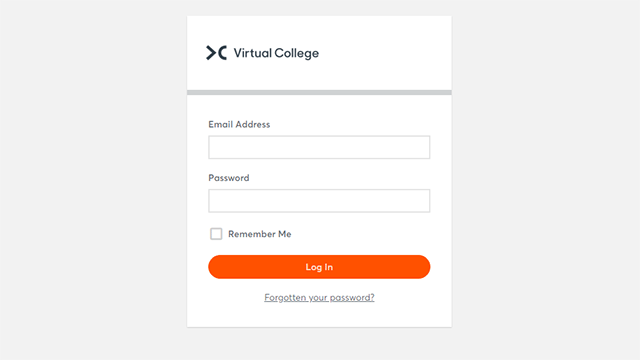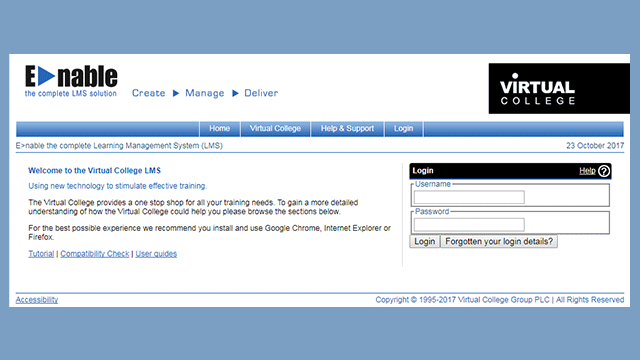Level 2 Safeguarding Children and Understanding Domestic Abuse Training Package
With this Level 2 Safeguarding Children and Awareness of Domestic Violence and Abuse package explore the legislation, guidance and jargon used in safeguarding as well as how to spot and react to suspected abuse or neglect and support those who are suffering from it.
Package Overview
Format
- Level 2
- 2-4 Study Hours
- Online Study
- Self-Printed Certificate
Accreditation
- 8 CPD Points
- CPD Certified
Package description
The package consists of 2 popular safeguarding courses Level 2 Safeguarding Children and Awareness of Domestic Violence and Abuse to ensure those working with children remain compliant.
Gain an up-to-date knowledge of safeguarding policies, legislation and guidance to ensure children are kept safe from harm.
Level 2 Safeguarding Children
Our Level 2 safeguarding children training gives you a deeper understanding of safeguarding issues and how to effectively report them when abuse is suspected.
To help you apply your knowledge in everyday life, we have used real-world scenarios. These scenarios and the supporting case studies will enable you to see how your training can apply to you in your role. A key aim of this training is to provide you with strong context to the training so they can easily relate to the situations presented to you within the training.
There are various topics included in this course such as:
- An overview of safeguarding
- Why is safeguarding important
- Serious case reviews and Bichard reports
- The latest legislation and guidance
- Multi-agency working
- Jargon and key terms
- Disclosure of information from children
- National and local contexts
- How to reduce the likelihood of abuse
- What to do if you suspect abuse, signs and symptoms of abuse
- Whistleblowing
- Types of abuse
- Your roles and responsibilities
- Recognising abuse
- How to deal with suspected/disclosed abuse
- Record-keeping and recording
Upon completion learners will be able to:
- Apply the changes to practice made over the past three years to your work
- Identify different levels of harm and follow the appropriate safeguarding procedures
- Collect safeguarding children information from both a local and national context
Safeguarding Children Level 2 is underpinned by the principles of:
- Working together to safeguard children
- Keeping children safe in education
Understranding Domestic Abuse
This course looks to educate those working with children with the knowledge and guidance surrounding domestic violence. Created with the victims in mind learners will explore the topic of domestic abuse and how to support those who are experiencing it.
This training course covers a wide range of topics such as:
- Types of domestic violence and abuse
- Risk factors for domestic abuse
- Situations which can make domestic abuse more likely
- The Power and Control Wheel
- The Domestic Abuse Intervention Project
- Key principles for helping victims
- The impact of domestic abuse on children, young people and vulnerable adults
- Barriers to seeking help, and how to address them
- The MARAC Process(Multi-agency Risk Assessment Conferences) and the Independent Domestic Violence Advisor (IDVA)
- The government’s Violence Against Women And Girls Strategy (2010)
- The importance of confidentiality but also effective information sharing
Accreditation
The content of this course has been independently certified as conforming to universally accepted Continuous Professional Development (CPD) guidelines.
Certification
On completion of this course, you will be able to print a Virtual College certificate.
Duration
2-4 study hours to complete. The length of time taken depends entirely on how quickly learners can study and absorb the material.
Target Audience
This training is designed for anyone who frequently works with children and needs a more in-depth knowledge of safeguarding legislation and procedure.
Entry Requirements
There are no specific entry requirements for this course.
You will learn
- Recognise why safeguarding is important
- Recognise the signs and symptoms of abuse
- Know what to do if a child discloses information
- Know how to help children who you suspect are subject to abuse
- Recognise and report unsafe practices
- Understand what is meant by multi-agency working
- Key legislation underpinning multi-agency working
- Understand why multi-agency working is important
- Understand the roles in multi-agency working
- The physical and psychological effects of domestic violence and abuse
- Outline the behaviours displayed by an abusive person
- How to explain the impact of domestic violence and abuse on children, young people and vulnerable adults
- The MARAC process
- How to describe best practices for supporting those experiencing domestic violence
Who is it for?
Roles including:
- Anyone who frequently works with children and needs a more in-depth knowledge of safeguarding legislation and procedure
- Teachers
- Teaching Assistants
- Childminders
- Daycare Assistants
- Doctors
- Nurses
- Care Workers
- Social Workers
- Youth Workers
- Health Workers
- Many more










/safer-recruitment.jpg?mw=320&hash=A2BB5E144C89C295EC10C63680F69F39C4C3E566)













